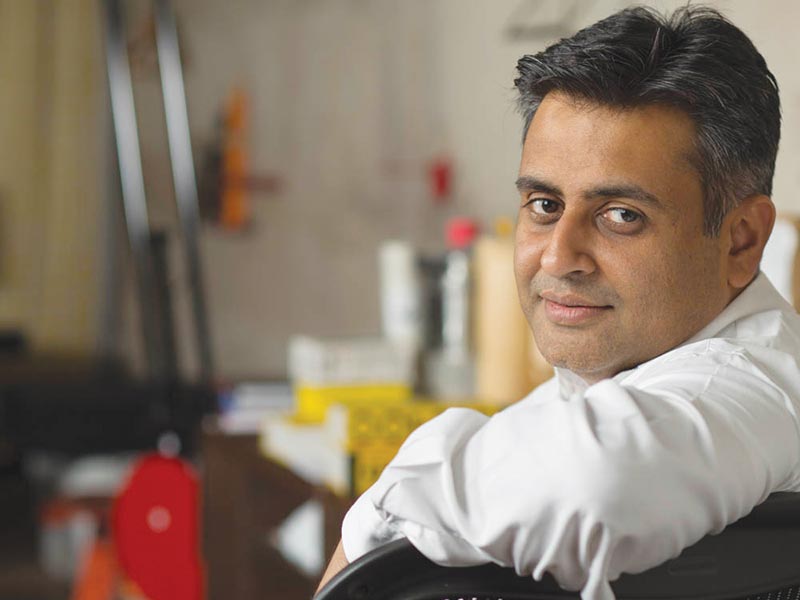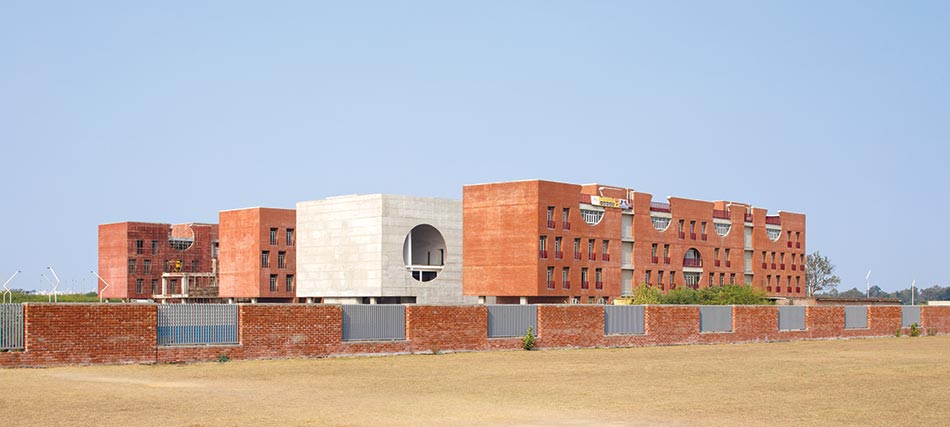
Thus, our role as designers is to understand the impact that a building can have in facilitating and enhancing the new-age education. Students need to be exposed to surroundings that are thought-provoking, both passively and actively. While going 'smart' and 'high tech', we must ensure provision for both interactive and introspection spaces. Thus, the softscape of landscape and greens in institutional projects play a major role.
Since we live in a conscious and smart world, design and architecture must be an expression of such an ideology and identity
De facto, architecture is never just about the buildings, but the experiences that it creates and the impact it has on the user. Safety must not be ignored. In recent times, the advancement in fire safety and security systems signify sensitivity, and advancement in this arena.
 Sanskriti School, Lucknow. Photo courtesy: Andre J. Fanthome
Sanskriti School, Lucknow. Photo courtesy: Andre J. FanthomeThe Institute de Monde Arab by Jean Nouvel in Paris has invoked a dialogue on the amount of control technology can provide in architecture. Intelligent façade systems are catalysts towards daylight control, ventilation, and enhancement of user experience. The Sanskriti School designed by studio Archohm is an example of a stimulating, purposeful, cheerful, safe and secure environment. This has been achieved by careful selection of building materials as a basic design intervention. All blocks are spacious and airy with abundant natural light.















